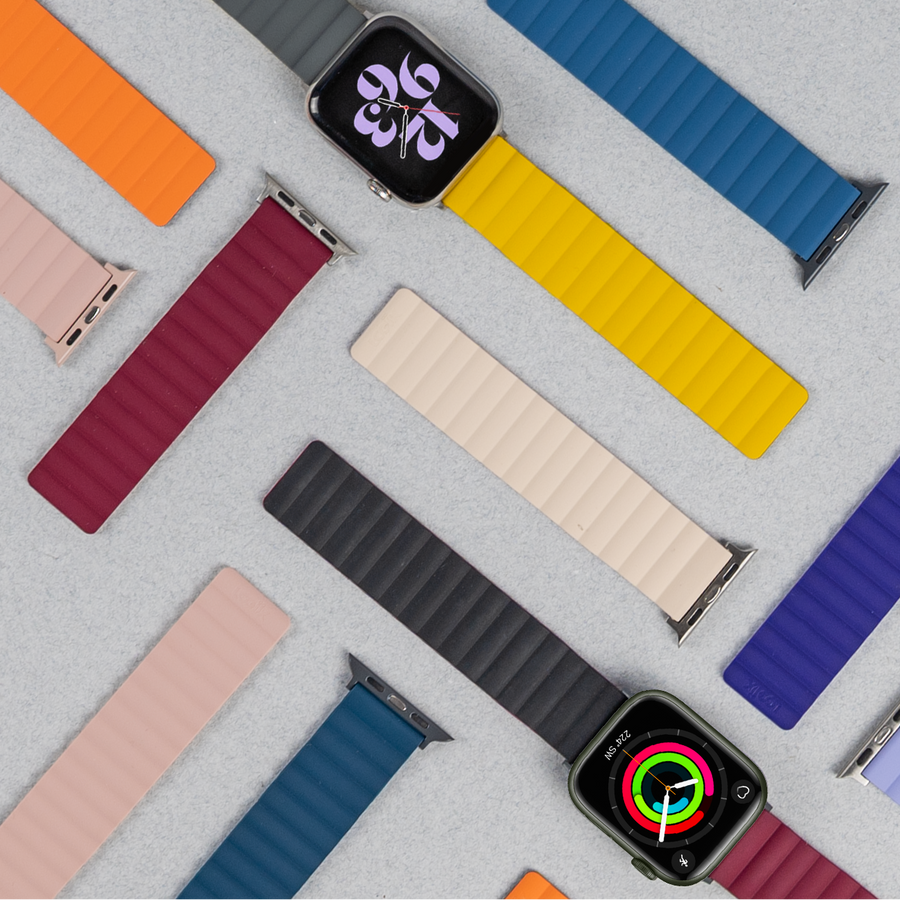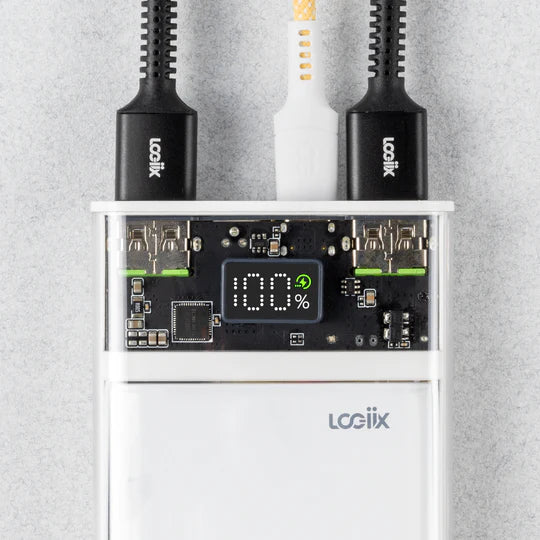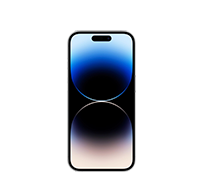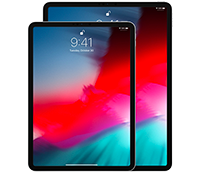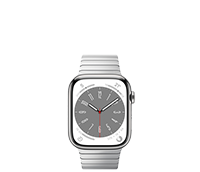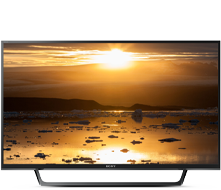Why Actual Battery Capacity Differs from what's on the Box
In the realm of modern electronics, batteries are the unsung heroes, powering everything from our smartphones and laptops to electric vehicles and renewable energy systems. However, do you ever find yourself wondering "Why is it that my battery pack says that I'd be able to charge my iPhone up to 5 times but I can only charge it twice before it dies". This phenomenon has sparked widespread discussion, prompting us to delve into the reasons behind these differences. Understanding the gap between advertised battery capacity and real-world performance can empower consumers to make more informed decisions and set realistic expectations about their electronic devices.
Ideal Conditions
Manufacturers typically test batteries under optimal conditions to determine their maximum capacity. These conditions include controlled temperatures, specific discharge rates, and minimal external variables, which are often unrealistic in day-to-day usage. As a result, the "nominal battery capacity" mentioned on packaging reflects ideal scenarios rather than real-world applications. Keywords such as "up to" or "maximum" are often used to describe battery life, indicating that these figures represent the best-case scenarios.

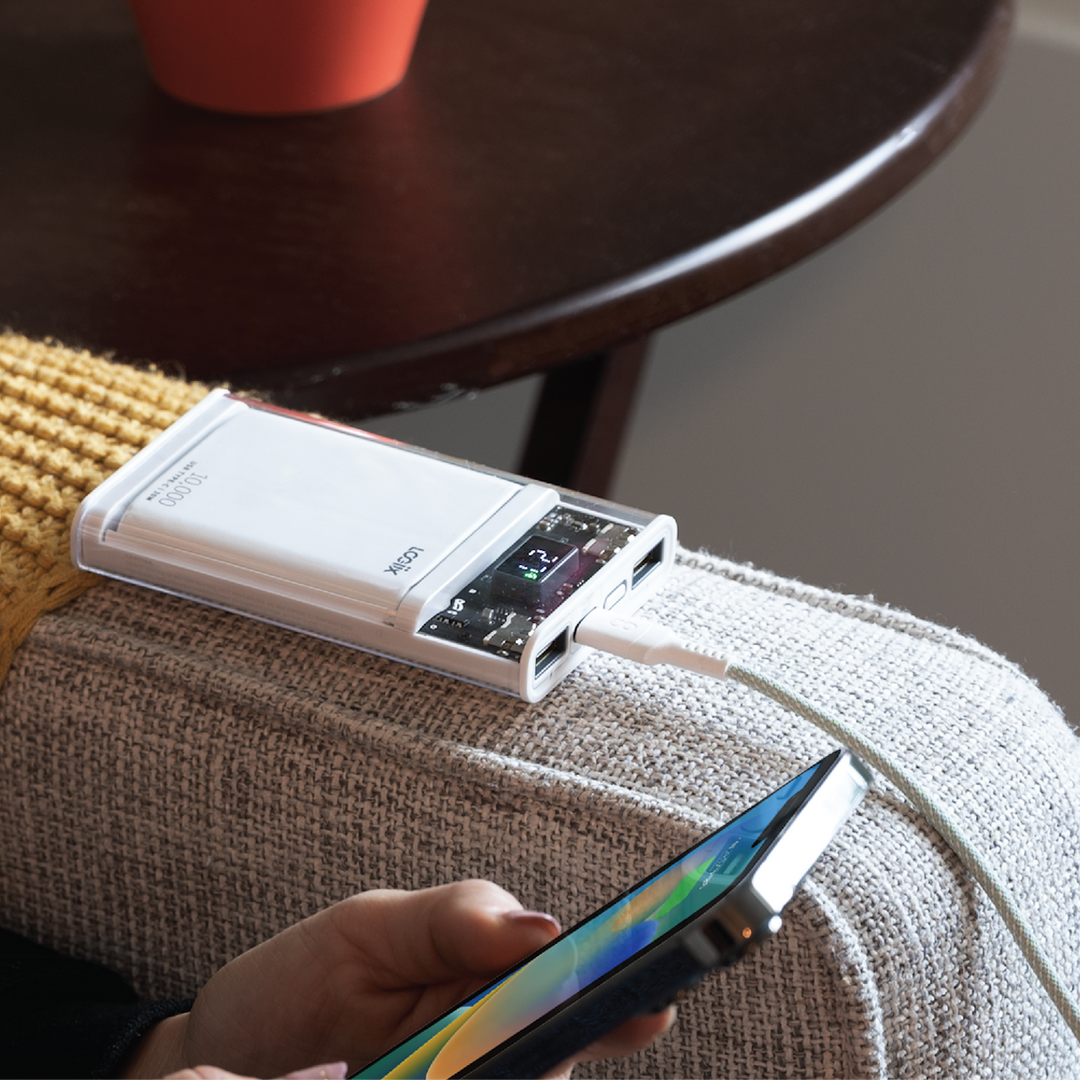
Usage Patterns & Environment
Real-world factors significantly influence battery performance. High or low temperatures, rapid charging and discharging, and the number of charge cycles can all degrade battery capacity over time. Frequent exposure to extreme conditions or heavy usage can cause a battery to deliver less power than its initial capacity. Therefore, the discrepancy between advertised and actual capacity can widen as the battery ages and undergoes wear and tear.
Is that why my battery drains so quickly in the summer & winter?
In hot climates, batteries can suffer from increased internal resistance due to high temperatures. This resistance reduces the battery's efficiency and increases energy loss during charging and discharging processes. As a result, the battery's capacity can decrease, leading to shorter run times for devices powered by these batteries.
Conversely, in cold climates, batteries experience a decrease in chemical reactions and an increase in internal resistance. This means that the battery's ability to deliver power effectively is reduced, resulting in decreased capacity and slower charging and discharging rates. Additionally, the cold can cause the battery's voltage to drop temporarily, leading to premature shutdowns of devices even though the battery still holds some charge.
Overall, extreme temperatures, whether hot or cold, can significantly impact battery capacity and performance. It's essential to take precautions, such as avoiding exposing devices to prolonged periods of extreme temperatures and using insulated cases or battery warmers in cold environments, to mitigate these effects and maintain optimal battery health.
Actual usable charge!
To estimate the actual usable power from a lithium-ion battery pack, follow this concise approach:
Convert Capacity to Watt hours (Wh):
Use the formula Wh=(mAh×V)/1000 to change the battery's capacity from mAh to watt-hours (Wh), considering the battery's nominal voltage (typically 3.7V).
Apply Efficiency:
Multiply the total energy by the efficiency rate (around 85% for quality packs) to account for energy loss during conversion and discharge: Usable Wh=Wh×Efficiency
Convert back to Watt hours:
Convert back to mAh for the output voltage:
Effective mAh=(Usable Wh×1000)÷Output (3.7V)
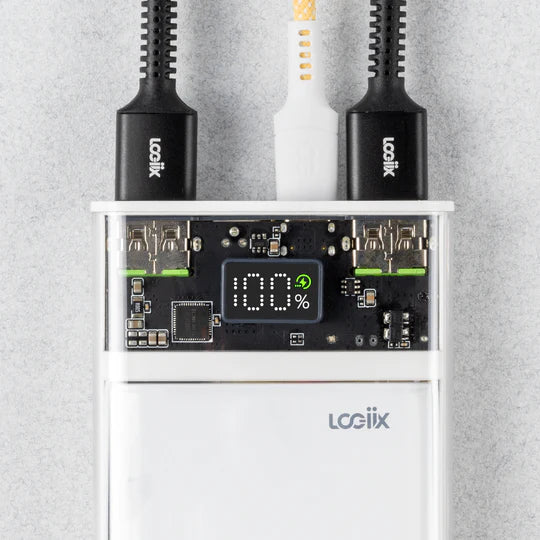
Based on those calculations a 10,000mAh battery pack could realistically output 6,290mAh.
Soo... its never actually what it says on the box?
Navigating the world of batteries and their capacities can feel like decoding a mystery, especially with all the technical jargon and numbers thrown around. But it's not as complicated as it seems. The main takeaway is that the big number on the box, promising how long your battery will last, is a bit like an athlete's record time: it's achieved under perfect conditions that we don't often see in our daily lives. So, next time you're comparing gadgets, remember that the battery life number is a starting point, not a promise. And as we all get smarter about this, we'll find our gadgets fitting more seamlessly into our lives, keeping us powered up for all our adventures—big and small.
